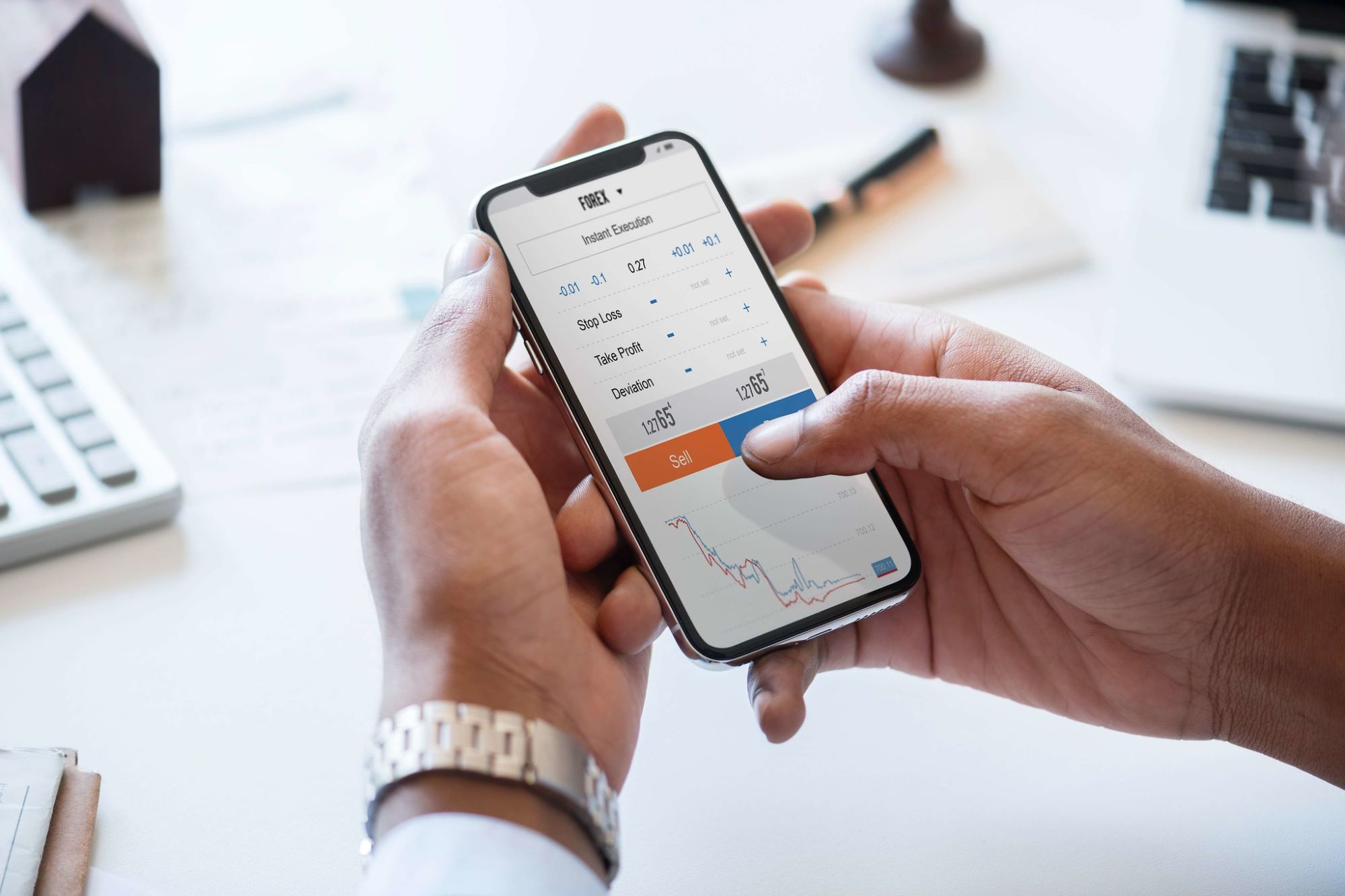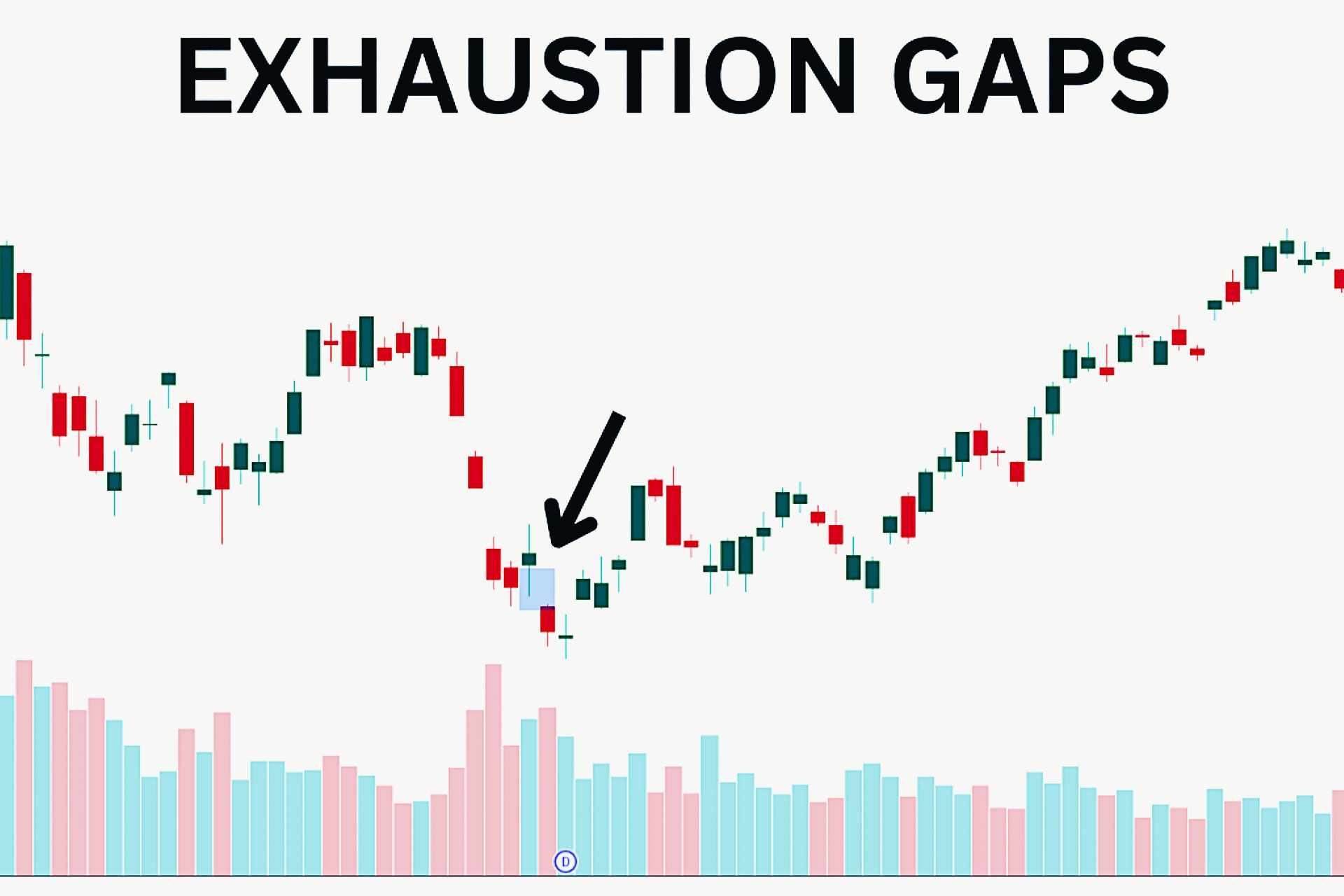Forex trading has become increasingly accessible thanks to the advancement of mobile technology. With the rise of powerful smartphones and a global demand for trading on the go, forex trading apps have transformed the financial landscape. But with so many apps available, how do you choose the right one for your needs? In this article, we’ll guide you through the top forex trading apps of 2024, what features to look for, and how to choose the best app for your trading journey.
Key Features to Look for in Forex Trading Apps
When choosing a forex trading app, it’s crucial to focus on several key features that can enhance your trading experience. Forex markets operate 24/5, and the ability to track movements, react quickly, and execute trades in real time is essential for success. Let’s break down these features:
Real-Time Price Tracking
In forex trading, every second counts. Real-time price tracking allows traders to monitor the fluctuations in currency values at any moment, providing a clear view of the current market situation. This feature is critical, as price movements can be highly volatile, especially during periods of high liquidity or economic events. Delayed or outdated information can lead to poor trading decisions and missed opportunities. The best trading apps provide live updates on currency pair prices, ensuring that traders can execute trades immediately when the market conditions are right. This immediacy gives traders the confidence to seize opportunities without hesitation.
Additionally, many apps offer customizable alerts, notifying traders when certain price thresholds are reached. This is especially useful for those who cannot constantly monitor the market. By setting up price alerts, traders can take advantage of favorable market conditions even when they are away from the app. These real-time tracking features combined with alerts can provide traders with the upper hand needed to stay ahead in the highly competitive forex market.
User-Friendly Interface
A forex trading app’s interface plays a significant role in a trader’s experience. No matter how advanced or powerful an app is, if it’s not easy to navigate, it can become a hindrance rather than a tool for success. A user-friendly interface means the app is intuitive, easy to understand, and offers a smooth experience for traders of all skill levels. For beginners, a complicated interface can create confusion, making it difficult to perform basic functions like placing trades or analyzing market data.
For experienced traders, efficiency is key. A well-designed app allows them to focus on strategy and execution, without wasting time figuring out how to use different features. Key elements like charts, price feeds, and trading buttons should be easily accessible and customizable to the user’s preferences. Furthermore, an intuitive interface allows traders to perform quick analyses, execute orders, and manage their portfolios with minimal effort. In short, an ideal app combines powerful tools with an interface that makes trading accessible and streamlined for all users, whether they are just starting out or have years of experience.
The Best Forex Trading Apps of 2024
When it comes to selecting the best forex trading apps, there are several options that stand out due to their features, ease of use, and overall performance. Below are the top forex trading apps for 2024:
1. MetaTrader 4 (MT4)
Overview of MetaTrader 4:
MetaTrader 4 (MT4) is one of the most popular forex trading platforms worldwide. Its app version maintains the same high level of performance that the desktop version is known for. MT4 offers access to a wide range of trading tools, and its reliability makes it a preferred choice for traders across the globe. Whether you are an experienced trader or just starting out, MT4 is versatile enough to meet a variety of trading needs.
Features of MT4:
- Real-time price quotes on a variety of currency pairs.
- Multiple chart setups for advanced technical analysis.
- Dozens of technical indicators, such as moving averages, Bollinger Bands, and Fibonacci retracement tools.
- Customizable user interface, allowing traders to tailor the platform to their specific preferences.
- Algorithmic trading capabilities through the use of Expert Advisors (EAs), enabling traders to automate their strategies.
2. MetaTrader 5 (MT5)
MT5 vs MT4 – What’s the Difference?
MetaTrader 5 (MT5) is an advanced version of MT4, offering a wider range of asset classes, including stocks, commodities, and cryptocurrencies. One of the key differences is that MT5 provides additional timeframes, more order types, and a more comprehensive range of analysis tools, making it the preferred choice for traders who want to expand their trading portfolio beyond forex. While MT4 is still favored by many forex traders, MT5 is more future-proof and caters to those looking for more diversity in their trades.
Key Features of MetaTrader 5:
- Customizable trading charts with an array of timeframes and technical analysis tools.
- Advanced market analysis options, including depth of market (DOM) and economic calendar integration.
- Faster trade execution, reducing the risk of slippage and ensuring optimal entry points.
- Support for additional order types, including buy stop limit and sell stop limit orders, offering more trading flexibility.
- Multi-asset support, allowing traders to explore opportunities in forex, stocks, and commodities.
3. eToro
Social Trading with eToro:
eToro has gained widespread popularity due to its unique social trading feature, which allows users to follow and copy the trades of experienced investors. This platform is particularly well-suited for beginners who want to learn by observing the strategies of seasoned traders. The CopyTrader feature enables users to mimic the portfolios of top traders, making it easier to develop successful trading habits. eToro also provides a social news feed where users can discuss market trends and share insights.
Pros and Cons of eToro:
- Pros:
- Social trading makes it easy for beginners to follow successful traders.
- Wide range of assets beyond forex, including stocks, cryptocurrencies, and commodities.
- User-friendly interface that simplifies the trading process.
- Cons:
- Higher fees compared to some other platforms.
- Limited advanced features for professional traders looking for deep technical analysis tools.
4. Plus500
Overview and Features:
Plus500 is known for its simplicity and ease of use, making it a great platform for traders who prefer a straightforward, no-frills approach. The app offers access to a wide range of financial instruments, including forex, CFDs, commodities, and indices. Plus500 also provides a free demo account, allowing new traders to practice without risking real money.
What Makes Plus500 Unique?
- User-friendly dashboard that offers a simple, clean layout, making it easy to execute trades and monitor market movements.
- Advanced risk management tools, including guaranteed stop-loss orders, to help traders manage their risk more effectively.
- No commissions on trades, making it more affordable for beginners to start trading without worrying about extra fees.
- Regulation by multiple financial authorities, adding a layer of security and trust for traders worldwide.
5. Forex.com
Why Forex.com is Ideal for Beginners:
Forex.com is designed with new traders in mind, offering detailed educational resources that cover the basics of forex trading. The app provides access to free webinars, articles, and tutorials, helping users understand the fundamentals before diving into live trades. Additionally, the app features a demo account for users to practice trading strategies in a risk-free environment.
Forex.com’s Standout Features:
- Low fees and tight spreads, making it a cost-effective option for traders who want to minimize expenses.
- Extensive educational materials, including videos, webinars, and an economic calendar to help traders stay informed.
- Customizable trading platform, allowing users to set up charts and tools based on their personal trading preferences.
- Advanced charting capabilities, with over 70 technical indicators to support both beginner and advanced traders.
Comparing Forex Trading Apps
When evaluating different forex trading apps, several key factors should be considered. Depending on your individual needs, preferences, and trading goals, some apps may be more suitable for you than others. Let’s break down these factors and how each app stacks up in terms of ease of use, available currency pairs, leverage options, and spreads.
| App Name | Ease of Use | Available Currency Pairs | Leverage & Spreads |
| MetaTrader 4 | Designed for experienced users; complex tools, customizable interface. | Wide range of major and minor currency pairs. | Offers high leverage, competitive spreads. |
| MetaTrader 5 | Advanced features for seasoned traders; highly customizable. | Supports a broader range of currency pairs and other assets. | Slightly better spreads and more leverage options than MT4. |
| eToro | Extremely user-friendly; social trading features for beginners. | Provides access to a wide array of currency pairs, including exotics. | Offers moderate leverage, but higher spreads. |
| Plus500 | Simplified interface; ideal for beginners. | Covers a decent selection of major and minor currency pairs. | Offers lower leverage, tight spreads on major pairs. |
| Forex.com | Beginner-friendly with educational resources and demo accounts. | Specializes in major pairs, but includes some exotics. | Competitive spreads with a range of leverage options depending on location. |
Ease of Use
Ease of use is one of the most critical factors to consider, especially if you’re new to forex trading. Some platforms are designed to be user-friendly, while others are built with advanced traders in mind.
For instance, Plus500 is widely known for its simplified, easy-to-use interface. It’s designed for beginners or traders who prefer a clean layout and straightforward execution of trades. You won’t find a clutter of unnecessary tools, which makes the learning curve much less steep. On the other hand, MetaTrader 4 (MT4) and MetaTrader 5 (MT5) are more complex platforms with extensive tools and features. They offer highly customizable charts, advanced technical indicators, and algorithmic trading capabilities, which are invaluable for experienced traders. However, beginners may feel overwhelmed by the number of available tools and features.
If you’re just starting, an app like eToro or Forex.com might be a better fit, as they are designed with user experience in mind. eToro simplifies trading by offering social features, allowing you to follow and copy successful traders, while Forex.com provides ample educational content and an intuitive demo account to help you learn the ropes before trading with real money.
Available Currency Pairs
Another factor to consider when choosing a forex trading app is the variety of currency pairs offered. If you’re only interested in trading major currency pairs such as EUR/USD or GBP/USD, most apps will meet your needs. However, if you want access to minor or exotic pairs, the range of available currencies may vary between platforms.
MetaTrader 4 (MT4) and MetaTrader 5 (MT5) offer a broad range of currency pairs, including majors, minors, and exotics. These platforms give you the flexibility to trade less common currency pairs, such as ZAR/JPY or USD/TRY, which may present unique trading opportunities due to their volatility. On the other hand, Plus500 offers a more limited selection of currency pairs, focusing primarily on majors and a few minors. While this makes it easier to focus on the most liquid and widely traded pairs, it may not be suitable if you want to trade more exotic currencies.
eToro is known for its variety of available currencies, making it a versatile platform for traders who want to explore different forex markets. Additionally, Forex.com focuses on major currency pairs, but it does offer access to some exotic pairs as well. So, depending on your trading strategy and the currency pairs you’re interested in, the right app for you may vary.
Leverage and Spreads
Leverage and spreads are crucial factors to consider as they directly affect your potential profits or losses. Leverage allows you to control larger positions with a smaller amount of capital, but it also increases the risk of significant losses. Spreads, on the other hand, represent the difference between the buy and sell prices and can eat into your profits.
MetaTrader 4 (MT4) and MetaTrader 5 (MT5) are known for offering high leverage options. In many regions, traders can access leverage of up to 1:500, allowing them to take larger positions with smaller investments. These platforms also offer competitive spreads, which are particularly important for day traders and scalpers. However, it’s essential to keep in mind that higher leverage can amplify both gains and losses, so it’s best suited for experienced traders.
How to Choose the Right Forex Trading App for You
Your Trading Experience Level
When choosing a forex trading app, your level of experience is one of the most important factors. If you’re new to trading, it’s essential to select an app that caters to beginners, offering educational resources, demo accounts, and simple navigation. Apps like Forex.com and eToro are great for beginners. Forex.com offers an extensive range of tutorials, webinars, and educational materials to help new traders understand the basics of forex trading. Its demo account is also useful for practicing without risking real money. Similarly, eToro’s social trading feature allows beginners to learn from experienced traders by copying their trades, making it easier for new traders to see how successful strategies are executed in real-time.
For more experienced traders, MetaTrader 4 (MT4) and MetaTrader 5 (MT5) are better suited. These apps provide advanced charting tools, technical indicators, and algorithmic trading options that enable seasoned traders to analyze the market more effectively and automate their trading strategies. These platforms also allow for more complex trade execution, such as the use of multiple order types and timeframes, making them ideal for those who have been trading for a while and want more control over their trades.
Fees and Commission Structure
Fees and commissions are crucial when choosing a forex trading app because they can eat into your profits if you’re not careful. Different apps have different fee structures, and understanding these is essential for maximizing your returns. Some apps charge based on spreads, which is the difference between the buying and selling price of a currency pair. Others may charge a percentage of your profits or take a commission on every trade.
MetaTrader 4 (MT4) and MetaTrader 5 (MT5) generally offer low spreads, making them cost-effective for high-frequency traders or those using strategies like scalping. However, depending on your broker, you may face additional fees, so it’s important to check the specific fee structure associated with the platform. Plus500 offers no commissions and relies solely on spreads, which can be beneficial for beginner traders who want to avoid additional costs. eToro, on the other hand, is known for charging higher spreads, especially on forex pairs, and it may take a percentage of your profits if you use the social trading feature.
Forex.com strikes a balance between low fees and competitive spreads. It offers some of the tightest spreads in the industry, making it a great choice for those looking to minimize their trading costs. The app also provides transparent information on fees, which is crucial for traders who want to plan their strategies with full knowledge of the costs involved. Therefore, when selecting an app, always consider the fee structure and make sure it aligns with your trading goals.




